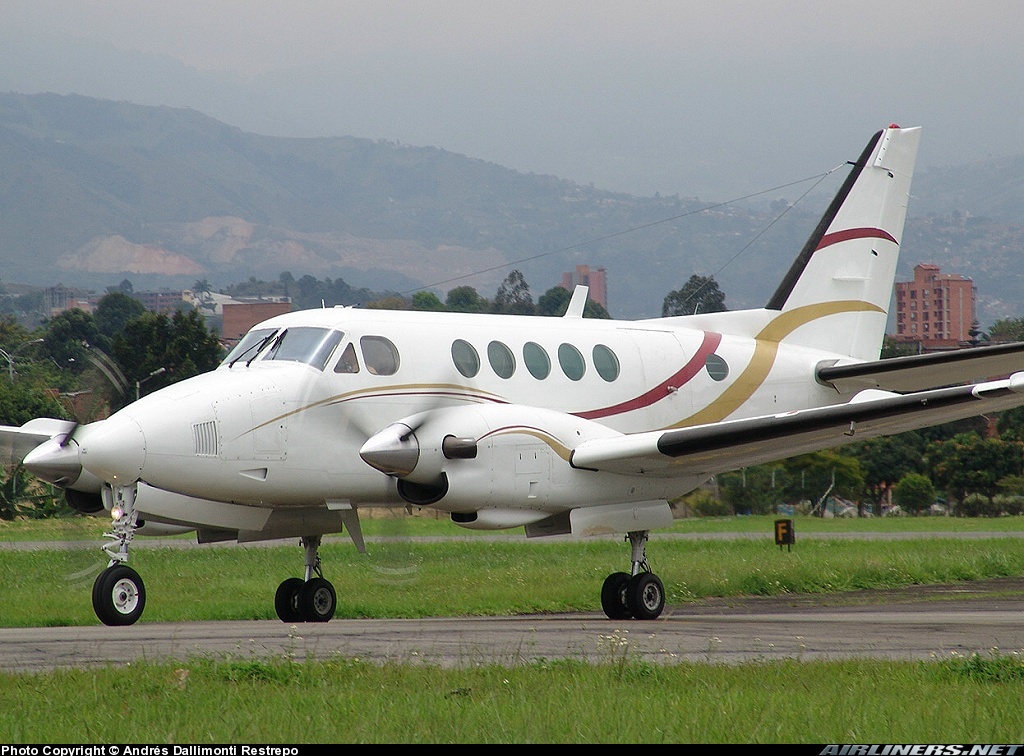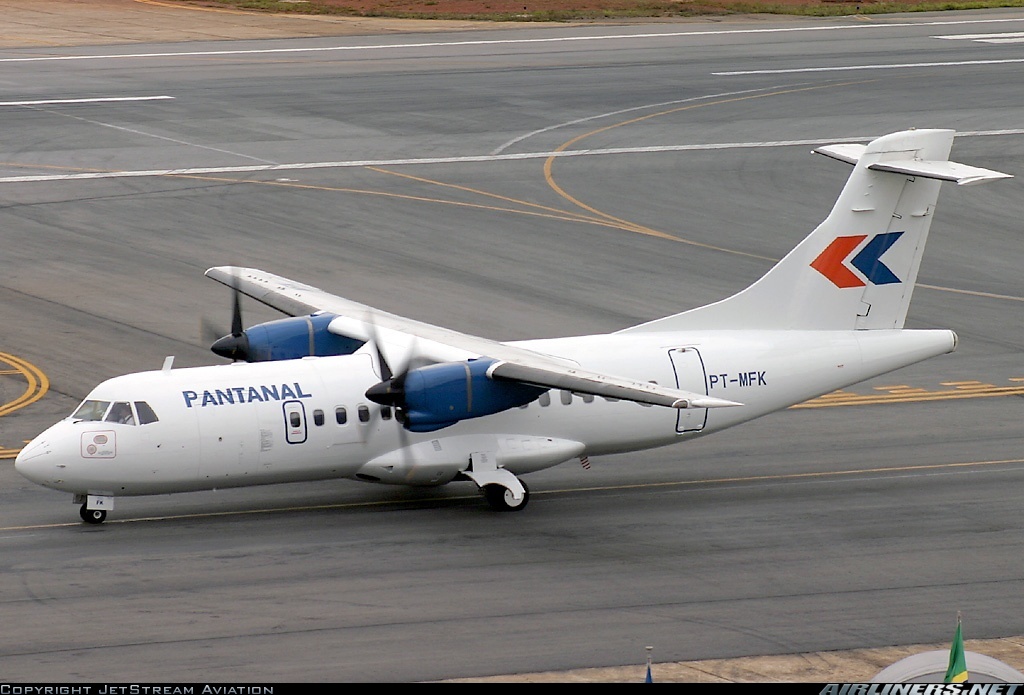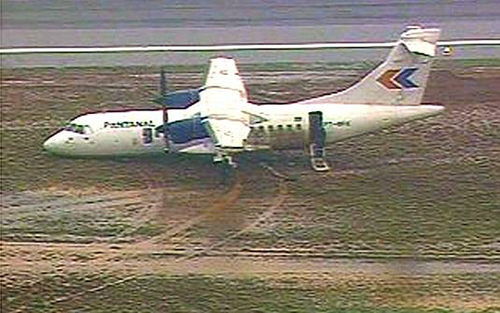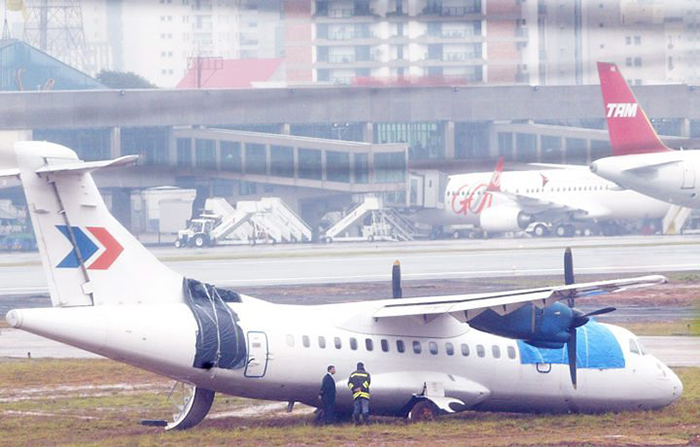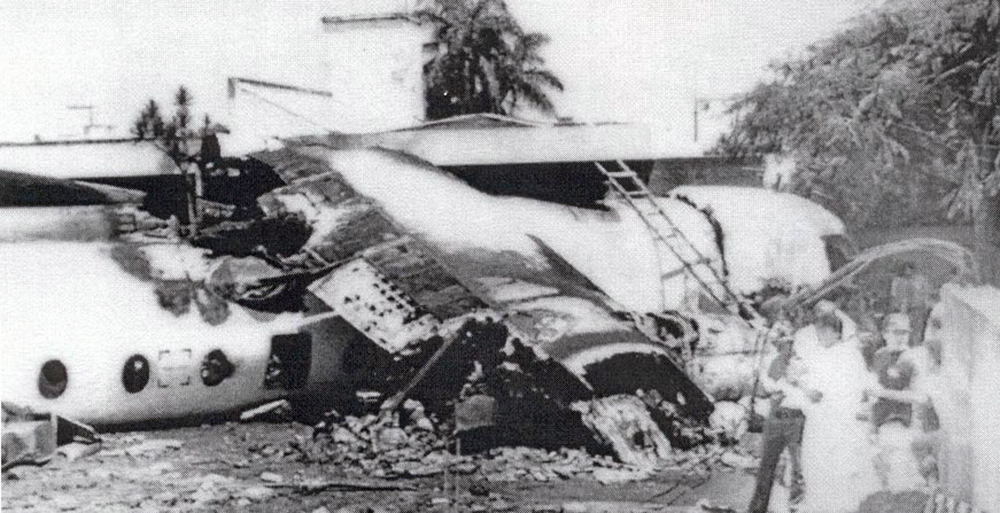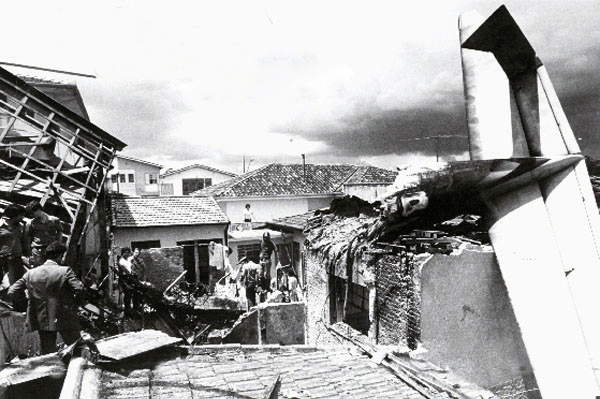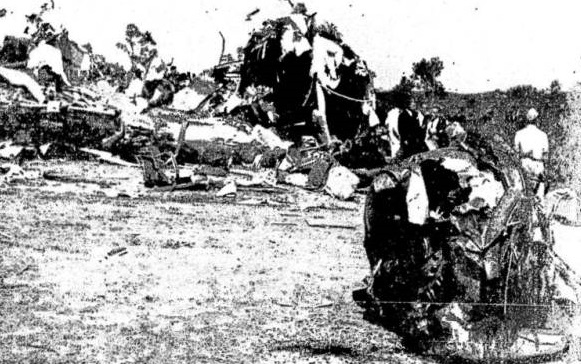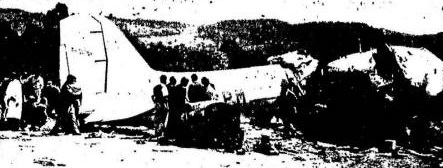Crash of a Beechcraft 100 King Air in Bauru: 1 killed
Date & Time:
Oct 12, 2008
Registration:
N525ZS
Survivors:
No
Schedule:
Bauru – Sorocaba
MSN:
B-66
YOM:
1971
Crew on board:
1
Crew fatalities:
Pax on board:
0
Pax fatalities:
Other fatalities:
Total fatalities:
1
Circumstances:
Shortly after takeoff from Bauru Airport, the twin engine aircraft encountered difficulties to maintain a positive rate of climb. It then descended until it impacted ground about 5 km from the airport. The pilot, sole on board, was killed. He was supposed to deliver the aircraft at Sorocaba Airport.
